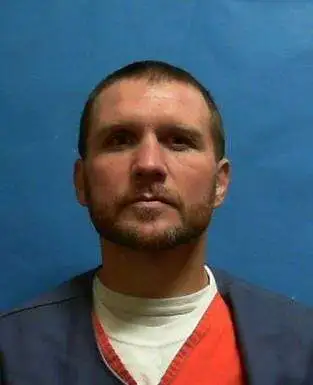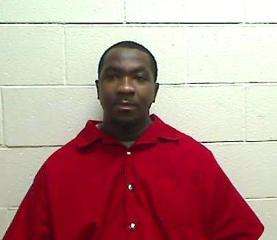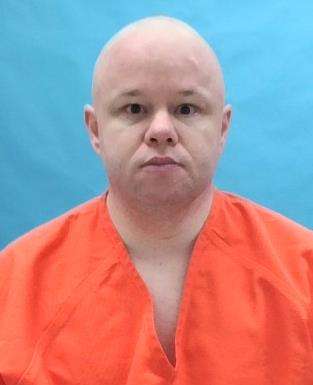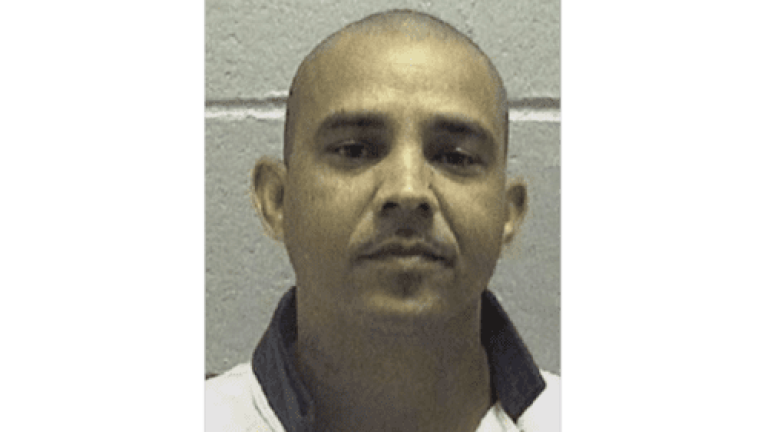Donald Wallace Executed For 4 Indiana Murders
Donald Wallace was executed by the State of Indiana for a quadruple murder
According to court documents Donald Wallace would break into a home and would be surprised by the family. Wallace would tie up all four and shoot them in the head: Patrick Gilligan and his wife Teresa, both 30, as well as their children Lisa, 5, and Gregory, 4, on Jan. 14, 1980.
Donald Wallace would be arrested, convicted and sentenced to death
Donald Wallace would be executed on March 10 2005 by lethal injection
Donald Wallace Photos
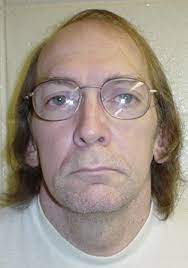
Donald Wallace FAQ
When Was Donald Wallace Executed
Donald Wallace was executed on March 10 2005
Donald Wallace Case
Shackled to a gurney with a needle in his arm, Donald Ray Wallace Jr. could turn his head to face his witnesses. Staring through the miniblinds and into the execution chamber, his witnesses heard a short, simple statement: “I hope everyone can find peace with this.” He then signaled to his executioners, as required by an agreement to not autopsy his body.
He was ready to die. It took only minutes for the lethal mix of chemicals to flow into his vein, paralyzing his lungs and stopping his heart. He was pronounced dead at 12:23 a.m. today. He was 47. Prison officials said he cooperated fully with his execution.
On Wallace’s last day, he visited with two spiritual advisers. They could have remained with him, but he asked them to leave at 4:30 p.m. He then showered, put on a new set of prison clothes and was ushered into a holding cell next to the execution chamber. Then, according to the prison’s spokesman, he relaxed by watching television. He could have made phone calls until 10 p.m. He didn’t. He ate nothing for dinner. On Tuesday evening, he had a “special meal” ordered from a local restaurant. He dined on filet mignon, baked potato, soup and cake and washed it down with a glass of water. While Wallace rested in his holding cell late Wednesday, three execution teams made preparations: one to shackle him to a gurney and wheel him into the execution chamber, a second to hook up an IV, and the final team to start the lethal drip.
Wallace is the first person from Vanderburgh County to die by execution since the death penalty was reinstated in 1977. Nine people, who were not identified, witnessed his execution. His sister, Kathleen Wallace Mason, was expected to be a witness. His father, Donald Ray Wallace Sr., was not. His parents divorced when he was 5, and his mother could not be located for the execution. Wallace, sentenced to die for the 1980 murders of the Patrick Gilligan family, barred his attorneys from asking Indiana Gov. Mitch Daniels for clemency. His attorneys had a 48-page clemency request, but they never filed it. Daniels’ staff, however, obtained a copy, said spokeswoman Jane Jankowski.
Two phones were inside the execution chamber – one to the governor’s hot line and one to the court. They never rang. The clemency request cited Wallace’s troubled childhood and an adolescence riddled with crime and drugs. Wallace was 22 and recently released from prison in 1980 when he killed Theresa and Patrick Gilligan, both 30, and their two children, Lisa, 5, and Gregory, 4.
After spending 23 years fighting his death sentence, Wallace declared he was ready to die. “I’m relieved it’s almost over. The hard part will be seeing friends and loved ones at the end,” Wallace said in one of a series of letters sent to the Evansville Courier & Press late last year. “The dying part is easy. I am so tired of doing time.”
In his letters, Wallace acknowledged that many will take glee in his execution, but he tried to defuse that. “They will never know how much I await death as if it were Christmas morning and I a kid,” he wrote. He said prison rehabilitated him; he argued that he was no longer the “deranged dope-fiend” who killed the Gilligan family. “I had no true center,” Wallace said of his youth. “No moral center. No spiritual center. Not even a rational center. I was hollow… I didn’t have a clue where I was.” He described death row as a “place for penitent reflection,” which promoted “redemption in ways ordinary prison cannot.”
He conceded there would be skeptics. “It’s hard to explain to people who haven’t suffered a lot of emotional pain at the hands of others how it is natural to get a mask that conceals any sign of pain … Soon you wear that mask all the time. But when normal people see that … they say, ‘Look at that: No remorse at all!’ It suggests to them that you are a heartless sociopath. But trust me, ‘I sentence you to death’ affects you.”
http://www.courierpress.com/ecp/news/article/0,1626,ECP_734_3609792,00.html








